Check out this blog for a list of spices with suggested recipes and to make sure that your money is well spent on flavors that everyone will love!
Stocking your spice cabinet can be a little intimidating. Where do you begin?! Here are some things to keep in mind as you shop for and store spices:
- Spices can be pricy. Try checking the spice aisle each time you are at the grocery store for sales. This can be a great way to stock up on your favorites. Make sure you choose spices that you and your family enjoy to get the most use and bang for your buck.
- Dried spices and herbs have a “shelf life,” meaning they only stay fresh for a certain amount of time. Most spices will have directions for how to store them and when to use them by on the container they were originally purchased in. The best place to store spices is in a cool, dark pantry in airtight containers. [1]
- Spices are commonly stored with dried herbs. For a list of common herbs to keep on hand and when to use them (both fresh and dried), check out our Guide to Herbs blog here!
Garlic Powder
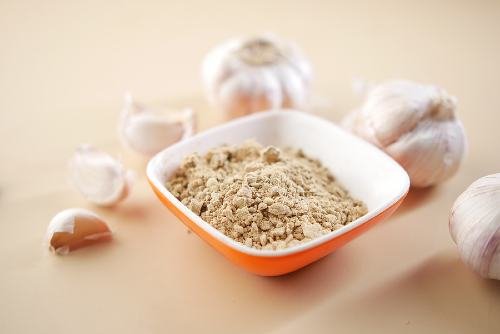
Flavors: Garlic powder is an inexpensive and time-saving way to add the nutty, mild taste of garlic to your favorite recipes. [2]
Suggested Recipe: Any of these recipes for Family Pizza Night
Onion Powder
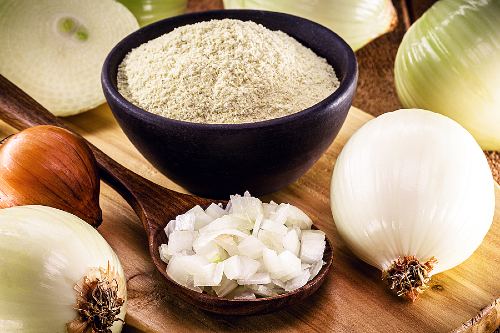
Flavors: Onion powder is made by drying and crushing onions, so it has a strong allium taste like fresh onions do! This spice is great to keep on hand to add onion flavor to recipes.
Suggested Recipe: Slow Cooker Chicken and Dumplings
Cumin
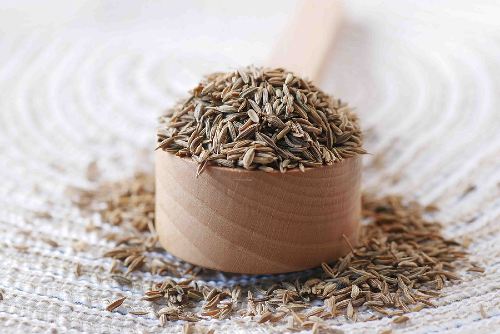
Flavors: Cumin has a warm, earthy flavor when cooked. For this spice to produce the most flavor, cumin seeds (see above) must be toasted and then ground. [2]
Suggested Recipes: Homemade Salsa or Nopales Scramble
Chili Powder
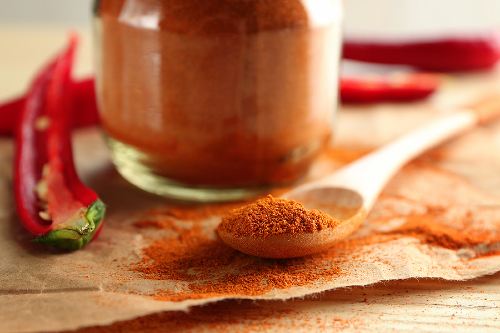
Flavors: Did you know that chili powder is a mix of spices? It contains cayenne pepper, garlic powder, cumin, oregano, and paprika. [2] This spice adds mild spiciness to dishes.
Suggested Recipe: Chicken Chili with White Beans
Crushed Red Pepper
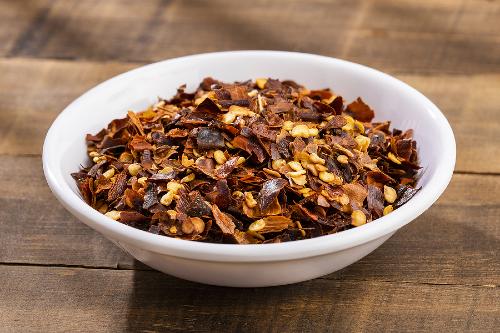
Flavors: Crushed red pepper is made from a variety of dried chiles and peppers. It can be used to add a spicy kick to your favorite recipes.
Suggested Recipe: Slow-Cooker West African Peanut Stew
Italian Seasoning
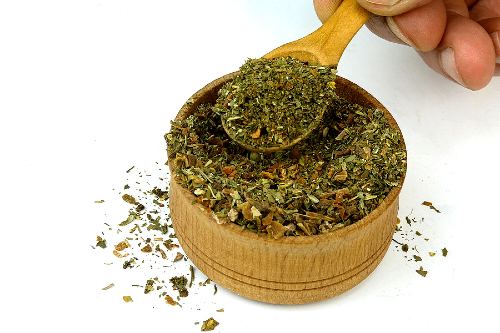
Flavors: Italian Seasoning isn’t actually a spice. However, it is stored in your spice cabinet and is a great addition to… You guessed it: Italian recipes! This blend of dried herbs usually includes dried basil, dried oregano, dried rosemary, and dried thyme.
Suggested Recipes: Warm Chicken with Pasta and Vegetables or Italian Eggplant Sliders
Cinnamon
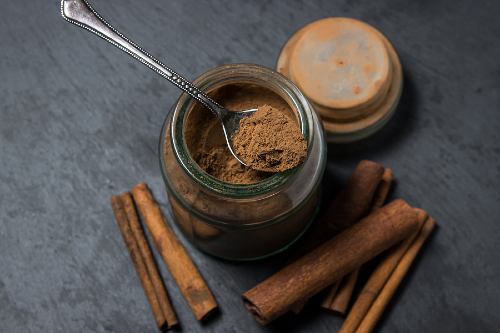
Flavors: Cinnamon belongs to a group of spices called “warm spices.” On its own, cinnamon tastes spicy and a little bittersweet. It’s often combined with sugar for some of your favorite desserts to add a warm, sweet flavor.
Suggested Recipes: Harvest Muffins or Apple Bread Pudding
Ginger
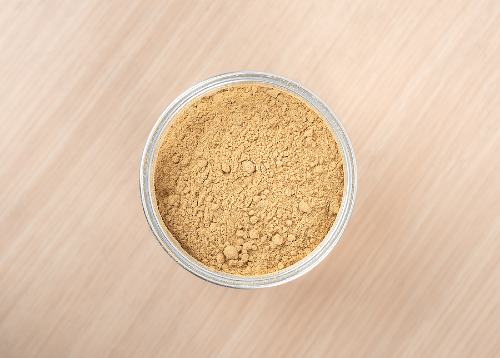
Flavors: Like cinnamon, ginger is also a warm spice. Ground ginger tastes spicy and sweet. Be careful when you are adding it to your recipes- ginger can pack a spicy punch if you add too much!
Suggested Recipe: Tingly Herbal Tea
Nutmeg
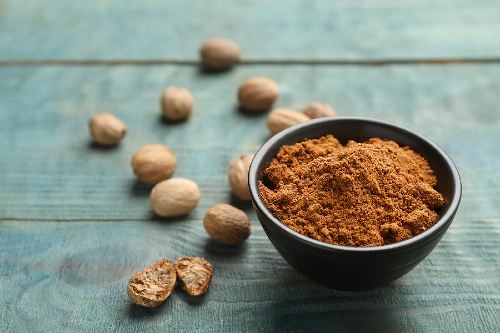
Flavors: Nutmeg is also considered a warm spice and is used to flavor a lot of fall and winter recipes. It has a nutty taste that warms you from the inside out. [2]
Suggested Recipe: Breakfast Pumpkin Cookies
This is not a complete list of spices to keep on hand, but it is somewhere to start for the person who is looking to fill their spice cabinet. For more guidance on spices, their flavors, and their most common cuisines, check out this UGA Cooperative Extension resource!
Written by Darci Bell, RDN, LD | Edited by Leslie Davis, RDN, LD, CDCES , and the Nutrition Education Team
Posted: January 9, 2023
[2] UGA Cooperative Extension Services